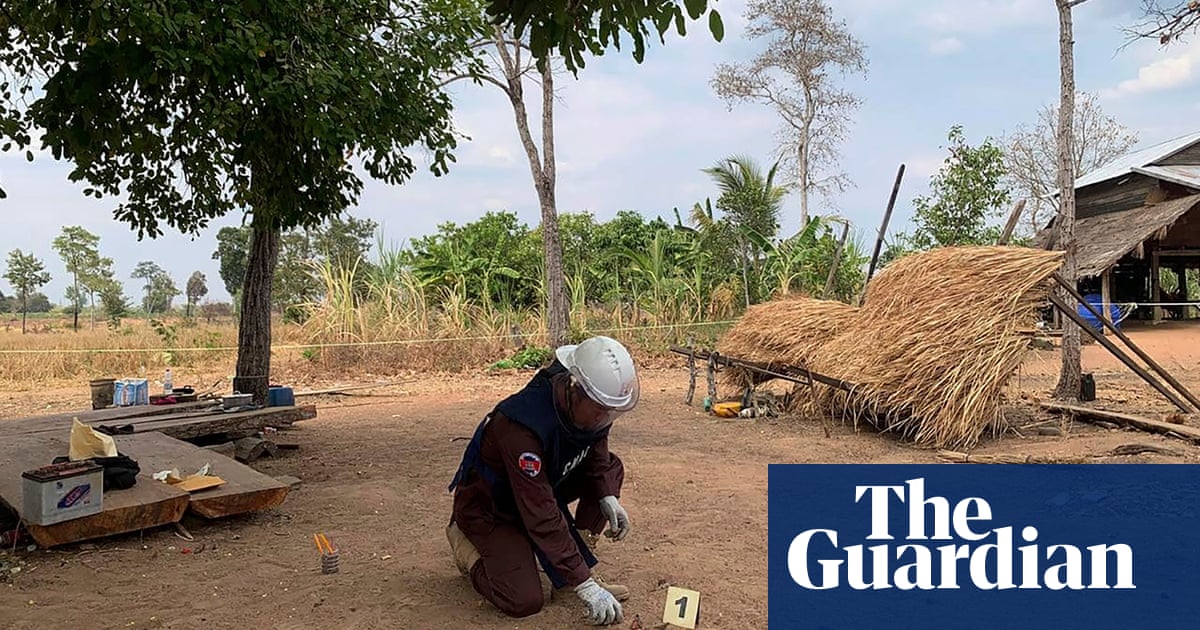The last uncontacted tribes on Earth live in extreme isolation, shielded from modern civilization by dense jungles, remote islands, and government protections. But rare aerial photographs and videos have provided an unprecedented glimpse into their lives, capturing breathtaking moments of survival, curiosity, and defiance.
From the fiercely independent Sentinelese of North Sentinel Island in India to the hidden indigenous groups deep within the Amazon’s Javari Valley, these images offer a rare, almost surreal view of people who remain untouched by globalization. However, their existence is increasingly threatened by illegal land encroachment, logging, and disease, raising urgent questions about their future.
A Rare Window Into the Unknown
In 2018, a viral video compilation posted by Death Island Expeditions amassed over 3.5 million views, showcasing rare footage of uncontacted tribes reacting to modern technology. Captured by G. Miranda for Survival International, the images show indigenous people standing in clearings, peering up at hovering drones, their bows and arrows at the ready.
For the outside world, these visuals are mesmerizing and unsettling—a tangible representation of an existence so fundamentally different from our own. “It’s incredible to think they don’t know about supermarkets, WiFi, or even the concept of electricity,” wrote one captivated YouTube commenter.
The images range from high-altitude aerial shots of their villages—showing simple huts built with local materials—to close-ups of tribespeople in traditional attire, sometimes appearing defensive, other times merely observing with quiet curiosity.
Who Are the Sentinelese and the Amazon’s Uncontacted Tribes?
Among the most famous uncontacted groups are the Sentinelese, an indigenous tribe living on North Sentinel Island in the Andaman Islands of India. This group, believed to number between 50 and 200 individuals, has fiercely resisted all contact with outsiders for tens of thousands of years.
They are known for aggressively repelling intruders, sometimes using bows and spears to warn off approaching boats or helicopters. India has strictly forbidden any attempt to contact them, understanding the risks of disease transmission and cultural disruption.
Meanwhile, deep in the Amazon Rainforest, uncontacted tribes thrive in the dense, jungle-covered Javari Valley, a remote region straddling the Brazil-Peru border. The Brazilian government, through FUNAI (Fundação Nacional do Índio), has been documenting these tribes and working to protect them from illegal loggers, miners, and drug traffickers, who have been pushing further into their territories.


The Dangers of Modern Encroachment
Despite government protections, uncontacted tribes are facing increasing external threats. According to Survival International, the biggest dangers include:
- Deforestation and illegal land grabs – Loggers, miners, and farmers are rapidly encroaching on protected lands, threatening both the environment and the tribes’ way of life.
- Disease exposure – With no immunity to modern illnesses like the flu or measles, even minor contact with outsiders can wipe out entire communities.
- Violence and exploitation – In some cases, illegal groups such as gold miners and drug cartels have attacked indigenous communities, leading to violent conflicts.
José Carlos dos Reis Meirelles Júnior, a specialist in uncontacted tribes, has spent decades working with FUNAI to document and protect these groups. “We flew over to show their homes, to show that they are there, that they exist,” he stated, underscoring the urgent need for their protection.
When Contact Turns Deadly: The Case of John Allen Chau
Curiosity about uncontacted tribes has, at times, led to deadly consequences. The documentary The Mission, directed by Amanda McBaine and Jesse Moss, tells the tragic story of John Allen Chau, an American missionary who attempted to contact the Sentinelese in 2018.
Defying Indian laws prohibiting contact, Chau paid local fishermen to take him close to North Sentinel Island, hoping to convert the Sentinelese to Christianity. Upon landing, he was immediately met with hostility, as the tribe fired arrows at him. Days later, his body was found on the beach, and any attempts to recover it were abandoned due to the risk of provoking violence.
His story highlights the ethical and existential dilemmas surrounding contact with uncontacted tribes. Should the world leave them alone, or should we seek to introduce them to modern civilization? Many experts argue that non-contact is the only ethical choice, given the historical evidence of disease outbreaks and cultural devastation whenever indigenous groups are forced into contact.
A Disappearing World?
As satellite images and drone footage continue to reveal previously undocumented tribes, the debate intensifies: Should we protect them at all costs, or is their isolation doomed to end?
What is clear is that their fragile existence is hanging by a thread. Without stronger enforcement of protected lands, stricter measures against illegal logging, and global awareness, the world’s last uncontacted peoples may not remain uncontacted for much longer.
Their future remains uncertain—will they survive untouched, or will modern civilization inevitably consume them?
Article by:Source:













